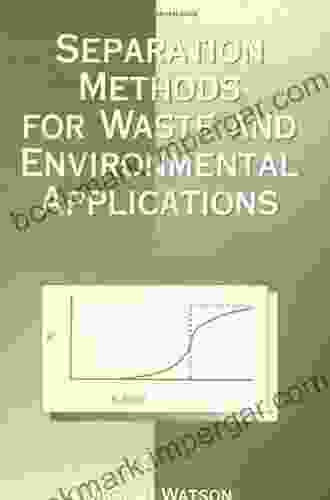Separation Methods for Waste and Environmental Applications

Waste Management and Environmental Challenges: A Call for Innovative Solutions
With rapid population growth and industrialization, waste management has emerged as a pressing global concern. The accumulation of waste poses significant environmental hazards, including soil and water pollution, greenhouse gas emissions, and threats to biodiversity. To address these challenges, researchers and practitioners are constantly seeking out novel and sustainable solutions for waste handling and treatment. Among the most promising approaches is the field of separation methods.
Separation Methods: A Key to Waste ManagementSeparation methods play a crucial role in waste management by separating waste materials into various components. This process allows for efficient recycling, recovery, and disposal of different waste streams. By employing appropriate separation techniques, we can minimize waste destined for landfills, reduce pollution, and promote a circular economy.
5 out of 5
| Language | : | English |
| File size | : | 8074 KB |
| Text-to-Speech | : | Enabled |
| Screen Reader | : | Supported |
| Print length | : | 622 pages |
| X-Ray for textbooks | : | Enabled |
Applications of Separation Methods in Waste and Environmental ManagementSeparation methods have a wide range of applications in waste and environmental management, including:
- Solid waste management: Separation of recyclable materials (e.g., plastics, metals, glass) from organic and non-recyclable wastes.
- Municipal wastewater treatment: Removal of suspended solids, organic matter, and pathogens from wastewater to produce clean effluent.
- Industrial wastewater treatment: Removal of heavy metals, toxic chemicals, and other contaminants from industrial wastewater before discharge into the environment.
- Soil remediation: Separation of contaminants (e.g., heavy metals, pesticides) from contaminated soil for restoration purposes.
- Air pollution control: Removal of particulate matter and gaseous pollutants from industrial and vehicle emissions.
- Water purification: Removal of impurities, microbes, and contaminants from water sources for drinking, irrigation, and industrial uses.
Types of Separation MethodsNumerous separation methods have been developed, each with its own advantages and applications. Some of the most common techniques include:
- Mechanical separation: Uses physical differences in size, shape, or density to separate materials (e.g., screening, filtration, centrifugation).
- Chemical separation: Employs chemical reactions or processes to separate materials (e.g., precipitation, ion exchange, solvent extraction).
- Biological separation: Utilizes microorganisms or enzymes to degrade or remove specific contaminants from waste streams (e.g., bioremediation, biofilters).
- Thermal separation: Applies heat to separate materials based on differences in volatility or thermal stability (e.g., incineration, pyrolysis).
- Electrostatic separation: Uses electrical charges to separate materials with different electrical properties (e.g., electrostatic precipitators).
- Magnetic separation: Employs magnetic forces to separate magnetic materials from non-magnetic materials (e.g., magnetic separation of metals).
Advancements in Separation TechnologiesRecent advancements in separation technologies have led to improved efficiency, reduced energy consumption, and increased cost-effectiveness. These advancements include:
- Nanotechnology-based separation: Development of nanomaterials and nanostructures for enhanced separation performance.
- Membrane-based separation: Improved membrane materials and configurations for efficient removal of contaminants.
- Electrochemical separation: Development of advanced electrochemical processes for the removal of heavy metals and other persistent pollutants.
- Artificial intelligence and machine learning: Integration of AI and machine learning algorithms for real-time monitoring and optimization of separation processes.
Separation methods are essential tools for addressing the challenges of waste management and environmental protection. Through the development and implementation of innovative separation technologies, we can reduce waste, minimize pollution, and promote sustainability. By embracing research and technological advancements in this field, we can create a cleaner, healthier, and more sustainable future for generations to come.
5 out of 5
| Language | : | English |
| File size | : | 8074 KB |
| Text-to-Speech | : | Enabled |
| Screen Reader | : | Supported |
| Print length | : | 622 pages |
| X-Ray for textbooks | : | Enabled |
Do you want to contribute by writing guest posts on this blog?
Please contact us and send us a resume of previous articles that you have written.
 Book
Book Novel
Novel Page
Page Chapter
Chapter Text
Text Story
Story Genre
Genre Reader
Reader Library
Library Paperback
Paperback E-book
E-book Magazine
Magazine Newspaper
Newspaper Paragraph
Paragraph Sentence
Sentence Bookmark
Bookmark Shelf
Shelf Glossary
Glossary Bibliography
Bibliography Foreword
Foreword Preface
Preface Synopsis
Synopsis Annotation
Annotation Footnote
Footnote Manuscript
Manuscript Scroll
Scroll Codex
Codex Tome
Tome Bestseller
Bestseller Classics
Classics Library card
Library card Narrative
Narrative Biography
Biography Autobiography
Autobiography Memoir
Memoir Reference
Reference Encyclopedia
Encyclopedia Rachel Allen
Rachel Allen J W Martin
J W Martin Marion Meade
Marion Meade Scott Klusendorf
Scott Klusendorf Humphrey Burton
Humphrey Burton Humayun Azad
Humayun Azad Tadahiko Nagao
Tadahiko Nagao Matthew J Friedman
Matthew J Friedman M Kimberly Maclin
M Kimberly Maclin Jack Zevin
Jack Zevin Lorraine Stutzman Amstutz
Lorraine Stutzman Amstutz Robert Powell
Robert Powell Ian Ridpath
Ian Ridpath Jack Holroyd
Jack Holroyd Ignacio Walker
Ignacio Walker Humberto Marin
Humberto Marin Stacey Solomon
Stacey Solomon Patrick Campbell
Patrick Campbell Tony Alavon
Tony Alavon Tim Vigors
Tim Vigors
Light bulbAdvertise smarter! Our strategic ad space ensures maximum exposure. Reserve your spot today!
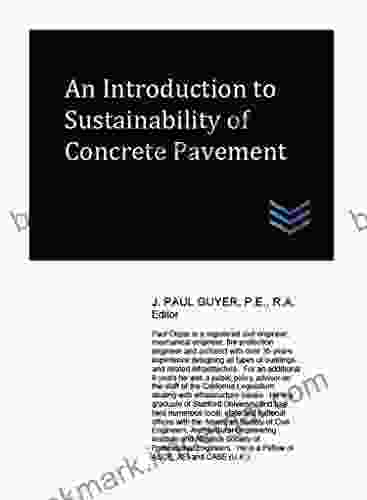
 Ryan FosterUnlocking the Pathway to Sustainable Concrete Pavements: An Enriching Journey...
Ryan FosterUnlocking the Pathway to Sustainable Concrete Pavements: An Enriching Journey...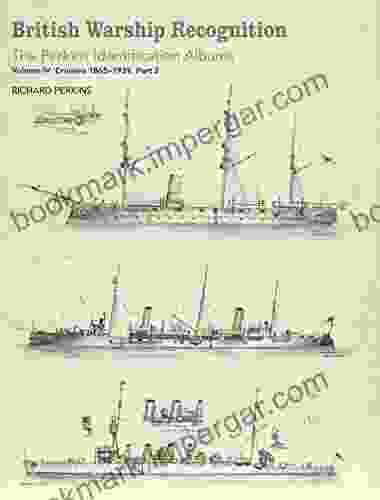
 Bradley DixonUnlock the Secrets of Rare and Valuable Items: The Perkins Identification...
Bradley DixonUnlock the Secrets of Rare and Valuable Items: The Perkins Identification...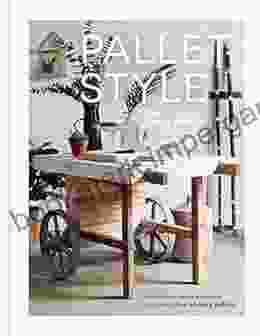
 Spencer Powell20 Creative Home Projects Using Recycled Wooden Pallets: Upcycle Your Home...
Spencer Powell20 Creative Home Projects Using Recycled Wooden Pallets: Upcycle Your Home...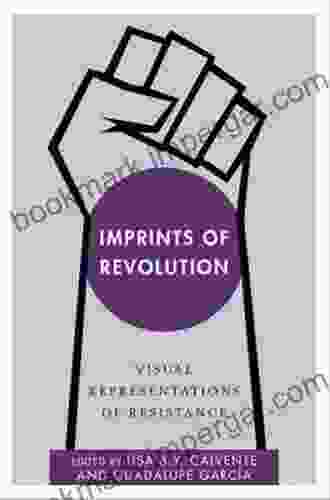
 Jorge Luis BorgesImprints of Revolution: Unveiling the Visual Language of Resistance and...
Jorge Luis BorgesImprints of Revolution: Unveiling the Visual Language of Resistance and... Avery SimmonsFollow ·5.3k
Avery SimmonsFollow ·5.3k Carlos DrummondFollow ·16.2k
Carlos DrummondFollow ·16.2k Bo CoxFollow ·5.9k
Bo CoxFollow ·5.9k Robert BrowningFollow ·16.7k
Robert BrowningFollow ·16.7k Jedidiah HayesFollow ·12.2k
Jedidiah HayesFollow ·12.2k Dominic SimmonsFollow ·6.3k
Dominic SimmonsFollow ·6.3k Colin RichardsonFollow ·11.1k
Colin RichardsonFollow ·11.1k Italo CalvinoFollow ·8.2k
Italo CalvinoFollow ·8.2k

 Mike Hayes
Mike HayesUnlock Your Nonprofit Potential: A Comprehensive Guide to...
: Embarking on the Path to Impactful...
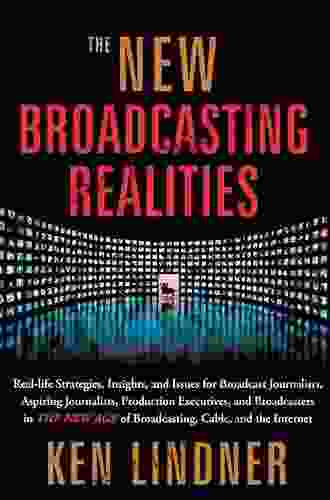
 Cody Russell
Cody RussellUnlock the Secrets of Captivating Radio Programming:...
In the fiercely competitive world of...

 Aron Cox
Aron CoxUnveiling the Enchanting World of Beth Inspired Eye...
A Realm of Imagination and Wonder Embark on...

 Felix Carter
Felix CarterUnlock the Secrets of Legal Publishing with West Hartford...
West Hartford Legal Publishing, the renowned...

 Henry Hayes
Henry HayesUnveiling the Secrets of the Panama Papers: Exposing...
The Panama Papers is a groundbreaking...
5 out of 5
| Language | : | English |
| File size | : | 8074 KB |
| Text-to-Speech | : | Enabled |
| Screen Reader | : | Supported |
| Print length | : | 622 pages |
| X-Ray for textbooks | : | Enabled |


